The next best thing to being there
24th September 2018 | Tim Riesterer
New research explores how to dramatically improve your “virtual” sales calls.
Editor’s Note: This is the second article in a series about improving the impact of sales calls in phone or web conference environments. This piece covers original research aimed at determining the most effective approach for engaging prospects and customers in these selling environments.
In the 60s and 70s, the Bell phone system had a catchy commercial slogan I remember to this day: “Long distance. It’s the next best thing to being there.” It was all about promoting the virtues of connecting with faraway loved ones via exorbitantly priced long-distance phone calls.
It made me wonder if that jingle still rings true today when it comes to how inside sales reps – and increasingly field teams – are spending more time connecting with prospects and customers remotely as opposed to face-to-face.
Today, the majority of salespeople conduct more than half of their sales calls in non-face-to-face environments.
In a recent survey conducted with InsideSales.com, we asked more than 300 inside and outside salespeople about their “virtual” sales conversations. On average, 61% of respondents conduct at least half of their meetings over the phone or web. A significant slice – 37% – conduct 75% or more of their conversations in non-face-to-face environments (Figure 1).
Whether it’s inside or outside sales reps, one thing is clear: virtual sales calls are a big deal. But are they “the next best thing to being there?” There are a lot of opinions about how to succeed in these environments, but little if any research – until now.
In collaboration with the International Journal of Sales Transformation and Dr Nick Lee, Professor of Marketing at Warwick Business School, we conducted a research simulation designed to answer one pivotal question: How can you be the most remarkable and compelling in phone or web conference selling environments?
As you’ll discover, the results break with much conventional wisdom about selling in these environments – and chart a new path forward for engaging prospects and customers when they’re not face-to-face with you.
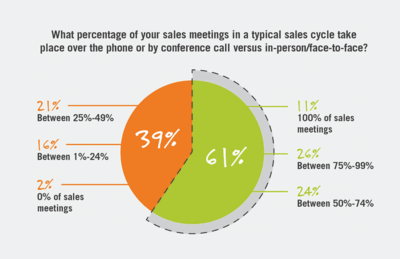
Figure 1: Sales calls – virtual versus face to face.
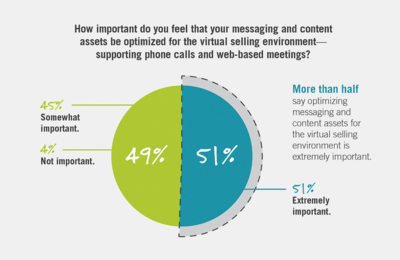
Figure 2: Importance of optimizing messaging during virtual calls.
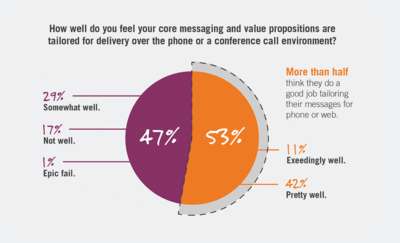
Figure 3: How well is messaging tailored for phone or web?
An environmental shift
Companies are expanding inside sales teams and decreasing the number of “feet on the street,” and our survey results suggest that. Today, the majority of salespeople conduct more than half of their sales calls in non-face-to-face environments. And, there’s basically an even split about the importance of optimizing messaging and content for these selling situations (Figure 2).
What’s the best approach for being remarkable and compelling in these environments? Is it simply about modifying existing engagement techniques to a phone or web conference environment? Or do these situations call for a complete rethink in terms of message delivery?
There are a few schools of thought, which I covered in my previous article (see “To add “friction” or not to add friction – that is the question”, International Journal of Sales Transformation, June 2018, edition 4.2.) I’ll review those approaches here:
- Verbal-only – Try to “reduce friction” by keeping the conversation verbal only and not directing prospects and customers to web links, apps, or other visual storytelling aids for fear of reducing their willingness to participate.
- Web link with PowerPoint – Ask prospects and customers to go to a web link to show them some form of traditional PowerPoint presentation deck to help tell your story.
- Dynamic visual storytelling – Use interactive visual storytelling over the web, in the form of virtual demonstrations of your solution, use dynamic visual builds in PowerPoint, or even have the salesperson “hand-draw” simple images using a whiteboard app.
- Active customer participation – Ask prospects and customers to grab a piece of paper and pen and hand-draw certain concepts described by the seller that help illustrate your core message, moving them from passive observer to active participant.
For all the potential cost savings and productivity gains, the expansion of inside sales teams can create engagement challenges due to the virtual barrier between seller and buyer. Even so, more than half of survey respondents think they do a good job tailoring their messages for these environments (Figure 3).
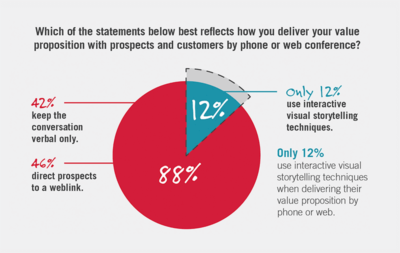
Figure 4: 12% use interactive visual storytelling techniques.
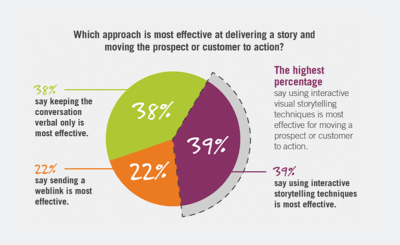
Figure 5: The highest percentage say visual storytelling most effective.
But is this an example of misplaced confidence? There’s evidence to suggest sellers aren’t using the approach they think will have the most positive impact. Read on to learn about a disconnect between belief and action.
Least used, most effective?
Interactive or “hand-drawn” visuals don’t get much play in these non-face-to-face environments. Only 12% of respondents use interactive visual storytelling techniques (Figure 4). The highest number of respondents, however, rate it as the most effective approach for telling their story and moving prospects and customers to action (Figure 5). What’s more, 64% believe using interactive storytelling techniques would make a material difference, either significantly (28%) or modestly (36%).
In an individual case study, my company had seen evidence with certain clients that a more participatory, interactive, and visual approach to “virtual” calls could make a positive difference. While the examples were promising, we weren’t going to be sold until the approaches were tested against one another in a more rigorous research setting to see how they hold up in actual B2B decision-making scenarios. That simulation is covered below. Here’s how we set the study up.
Nearly half of survey respondents say their core messaging and value proposition is well tailored for non-face-to-face selling environments. But, in the course of the survey, that question appeared before the question that introduced the more interactive, visual, participatory approaches that many respondents had perhaps not considered. These more participatory approaches, in other words, were an “unconsidered need”.
As soon as the survey proposed a different engagement framework, respondents seemed to rethink what they thought was most effective. Confidence in their approach appeared to flag. This was evidenced by the fact that the highest number of respondents rated the interactive visual approach as the most effective one for telling their story and moving prospects and customers to action, and by the fact that 64% believe using interactive storytelling techniques would make a materially positive difference.
Howver, since only 12% of respondents use an interactive visual approach, despite believing it to be the most effective, this exposed a disconnect between the approach respondents are using versus the approach they deem best. Most significantly, the results demonstrate the power that unexpected, surprising information can have on people. That’s one reason why identifying and introducing “unconsidered needs” is the foundation of an effective “Why change?” story, which you need to tell when you’re the outsider and trying to topple an incumbent vendor.
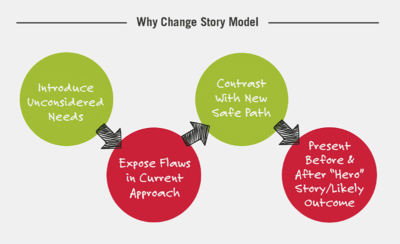
Figure 6: How to break through status quo bias.
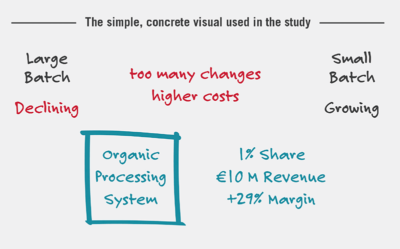
Figure 7: How the participatory approaches developed.
The research simulation
For the study, Corporate Visions once again teamed up with Dr Nick Lee, Professor of Marketing at the Warwick Business School in Coventry, UK. Dr Lee has spent nearly 20 years drawing from social psychology, cognitive neuroscience, economics, and philosophy to develop insights into salespeople and selling.
The test simulation put four messaging conditions to the test in a non-face-to-face selling environment. At a basic level, they could be described as:
- Listen only
- Listen and watch only
- Listen, watch, and take notes
- Listen and draw as directed
The expansion of inside sales teams can create engagement challenges due to the virtual barrier between seller and buyer.
Participants – 800 in total – were divided randomly into the four conditions and instructed to imagine themselves as executives at a food-processing company. The intent of the message in all conditions was to set up a face-to-face meeting with the participants and their fellow executives to discuss the purchase of an organic processing system to help them capitalise on growing demand for organic foods by making the shift from large-batch to small-batch production, which requires more flexible processing techniques and lower labour and material costs.
The message followed the “Why Change?” story model – a message framework designed to break through status quo bias, create urgency, and make a compelling case for change (Figure 6). While the message was conveyed in different ways across the conditions, the substance of the message was the same in all of them.
For participants not in the “Listen only” condition, the visual story that developed relied on simple, concrete images that emphasized the decline of large batch processing and the growth potential of small batch processing. Per Figure 7, which was used in the three participatory conditions, negative factors such as higher costs and excessive changes were drawn in red, while positive outcomes associated with the organic processing system, such as increased market share, revenues, and profit margin, were rendered in blue.
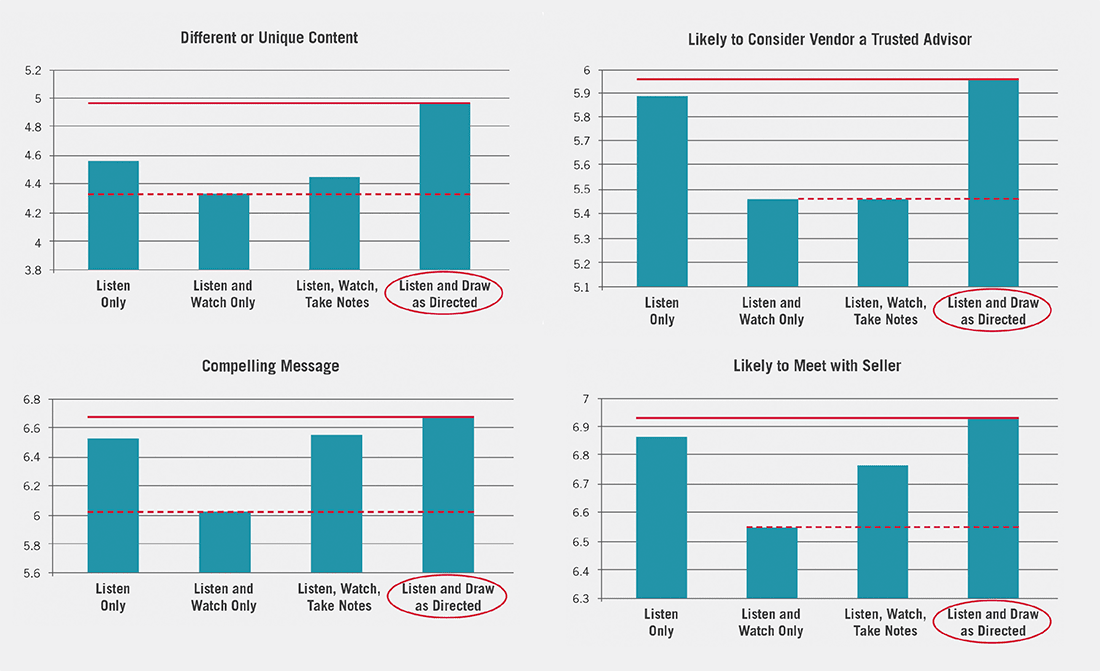
Figure 8: The “Listen and watch” approach was least effective.
Results: attitude/disposition measures
Participants in each condition answered a series of numerically valued questions that were then combined to create a composite index for each area assessed. The first area we wanted to focus on was attitude and disposition measures, to measure the effect on critical factors such as uniqueness, trusted advisor status, how compelling the call was, and how likely it was to produce a meeting. Across these areas, the “Listen and draw” approach consistently performed the best. Interestingly, the “Listen only” approach held its own against the others and consistently outperformed the “Listen and watch” approach – which regularly finished last by a wide margin (Figure 8).
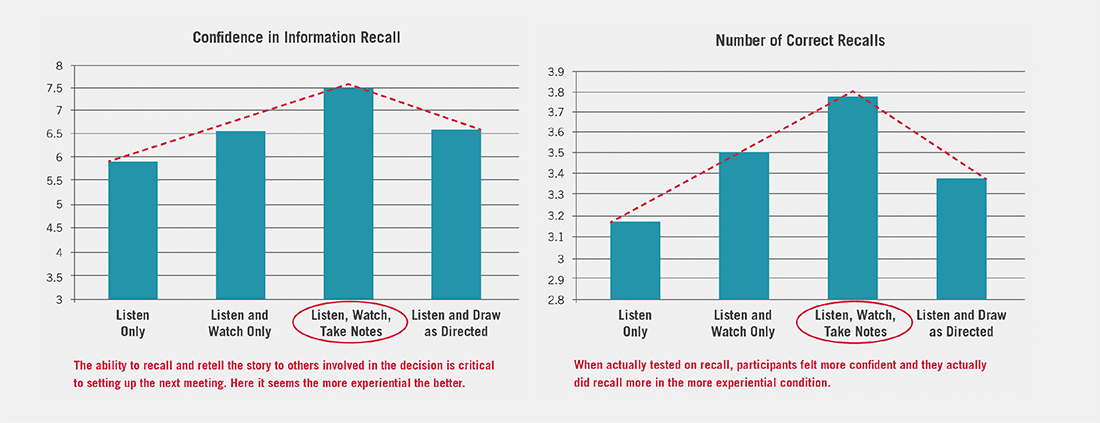
Figure 9: “Listen, watch, and take notes” best for recall.
Results: recall/retell measures
The study also assessed the recall and retell-ability of the various conditions – both key indicators of how notable and memorable the call was. In this case, the “Listen, watch, and take notes” condition was a convincing winner across areas like confidence in recall, number of correct recalls (Figure 9), and confidence in retelling the story to colleagues (Figure 10). In fact, in the simulation, you see essentially the same curve between the confidence in recall and the actual recall, with the “Listen only” condition lagging far behind in both areas.
The research shows that getting your audience participating in some way can give you an edge over less experiential approaches.
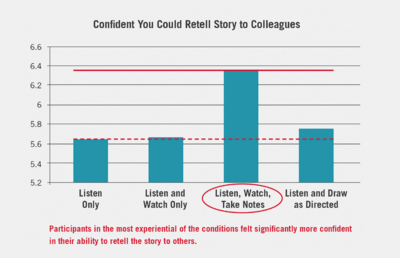
Figure 10: “Listen, watch, and take notes” best for retelling story to colleagues.
Conclusion
This research reveals that interactive visual stories are vital to engaging your audience, increasing attitudes toward your story, and improving recall. In other words, salespeople need to “get beyond passive” when it comes to engaging prospects and customers in these environments. Don’t get lulled into the false sense of security that keeping your conversations verbal only is the best way to reduce friction and overcome the non-face-to-face barrier. The research shows that getting your audience participating in some way – whether by taking notes or drawing a simple, concrete visual as directed – can give you an edge over less experiential approaches. You should be asking what participatory actions your audience can take to supplement and reinforce the story you’re trying to tell.
Incorporating these storytelling techniques into your sales calls is going to require some significant behaviour changes from salespeople. According to our survey, 87% of respondents either rarely or never engage prospects or customers with visuals. Essentially, the vast majority of reps aren’t using the engagement techniques that research proves to be most impactful for getting meetings and advancing your deals.
One other dimension to this study is its relevance to the consensus, multi-party selling environment of today. Your ability to positively affect the attitude and recall of an individual prospect or customer could be a major boon to your selling efforts. By inspiring that individual stakeholder, you up your chances that he or she will champion your story inside their organization and get other decision-makers to rally to your cause. What seller wouldn’t want to have that kind of positive ripple effect across a buying team? Keeping the conversation less participatory (and less moving and memorable) decreases your chances of achieving that outcome.



